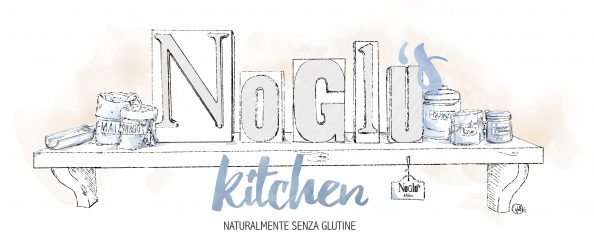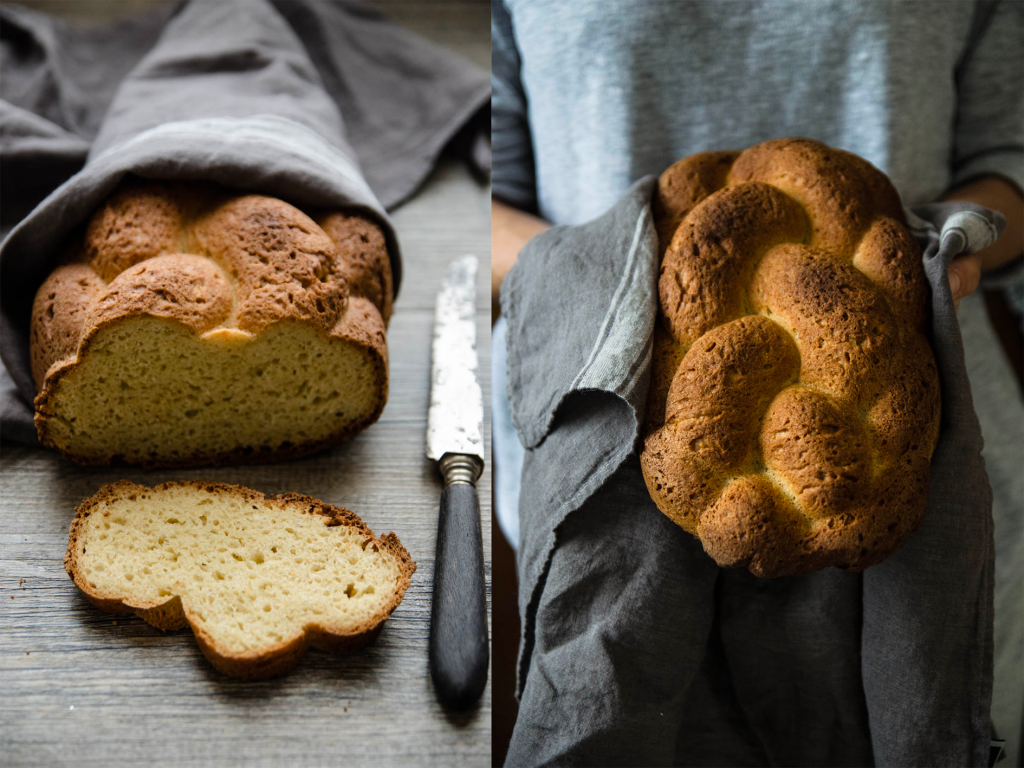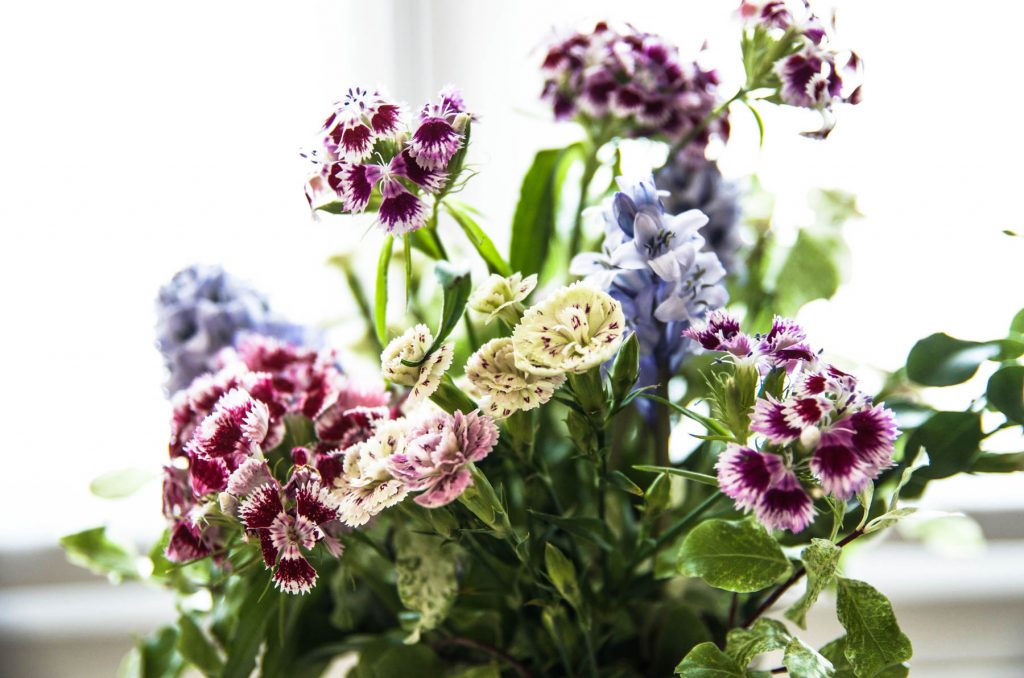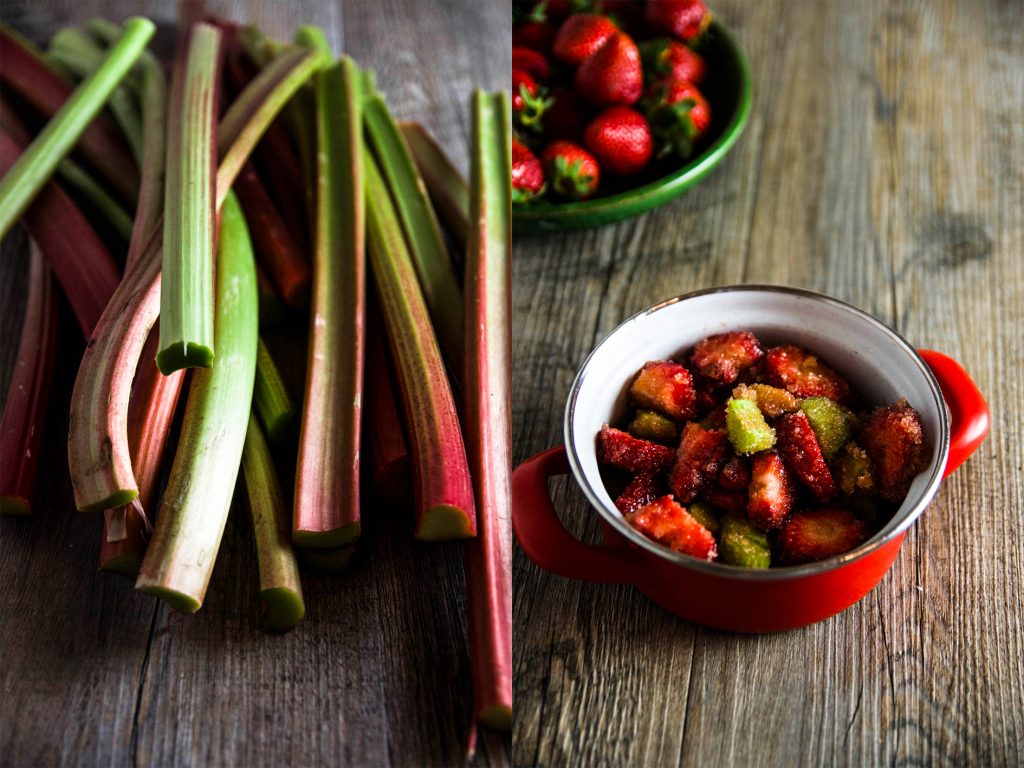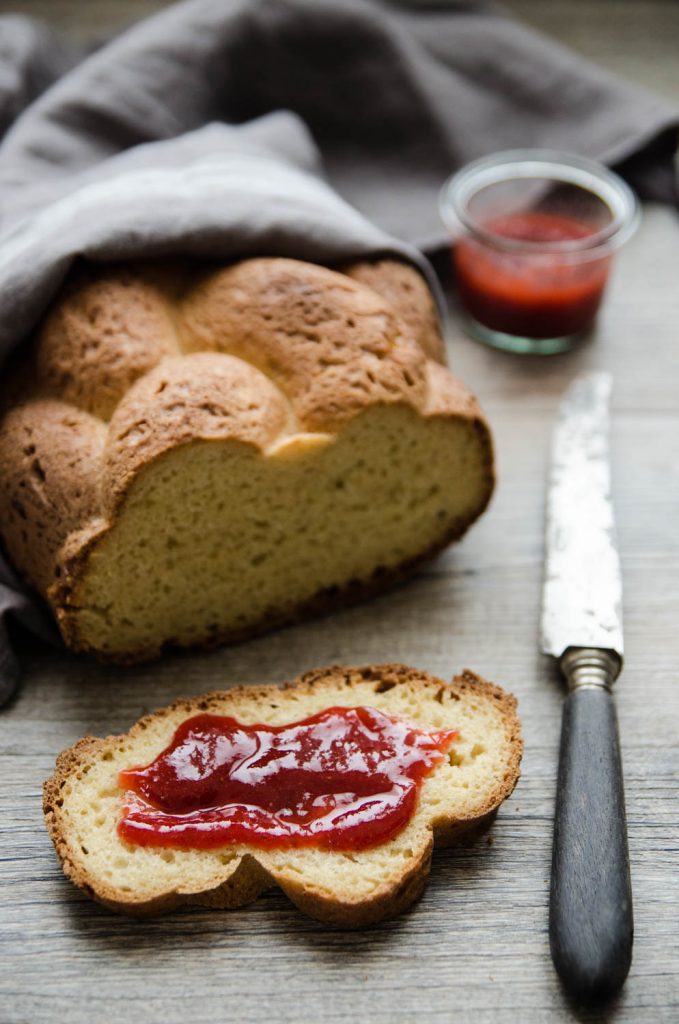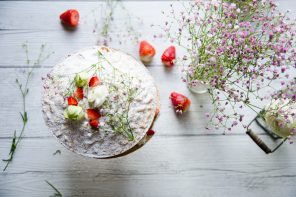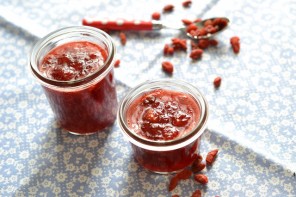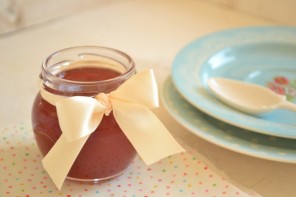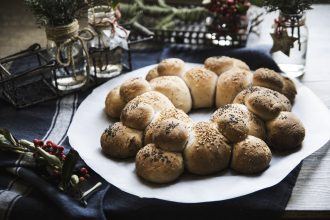I pranzi di mia nonna non riservavano sorprese. Le contaminazioni non esistevano. La tradizione regnava incontrastata e le certezze erano in un piatto fumante di tortellini in brodo o di tortelloni di ricotta e spinaci al pomodoro, in un arrosto o in un vassoio di scaloppine al vino bianco, o nella sua indimenticabile zuppa inglese. Era così in inverno, ma lo era anche in estate, e a nulla servivano le nostre (timide) proteste legate al caldo. Non c’erano sorprese e i punti fermi di quella tradizione incontrastata si sono susseguiti negli anni.
Chissà quali saranno i ricordi legati al cibo delle mie figlie. Loro, che un giorno trovano un piatto di pasta con pomodorini, mozzarella e basilico e quello successivo intingono verdure nell’humus o nachos nel guacamole. Loro, che hanno avuto la fortuna di nascere in una famiglia che stende le sue radici attraverso l’Italia, con una memoria gastronomica che parte dalla Puglia, attraversa l’Abruzzo, raggiunge la Romagna, si srotola in Emilia e arriva in Lombardia. Agnello in bianchetto, spaghetti alle canocchie, tagliatelle al ragù, risotto alla pilota.
Quando in IV elementare la maestra chiese agli alunni quale fosse il loro cibo preferito, la mia figlia più piccola rispose con candore: capesante, strappando un sorriso all’insegnante, che fino ad allora aveva raccolto risposte ben più adeguate all’età dei bambini, patatine, pizza, hamburger.
Penso che la nostra tavola rispecchi i tempi che stiamo vivendo.
Le ricette di oggi sono due.
La prima è una challah senza glutine preparata seguendo una ricetta di Labna, e a lei rimando per scoprire il significato di questo pane ebraico. Qui aggiungo soltanto che la versione senza glutine è diversa da quella tradizionale già a partire dalla consistenza dell’impasto, che risulta molto morbido e che deve essere versato in uno stampo per non allargarsi e perdersi nella teglia. Io ho usato uno stampo a treccia per ottenere la tipica forma della challah, ma se non l’avete, anche uno stampo da plum cake andrà bene. Il miele rende questo pane piuttosto dolce e lo fa assomigliare a un pain brioché, tanto che ho deciso di spalmarci sopra una confettura.
La seconda ricetta è appunto una confettura di rabarbaro e fragole, (ricetta di Manuela Conti, contenuta nel suo libro Con le mani in pasta) che ho preparato qualche settimana fa. Non è stato facile trovare il rabarbaro, ma grazie alla complicità di Barbara, la mia Panificatrice Folle, anch’io ho potuto mettere le mani su queste coste rosso rubino.
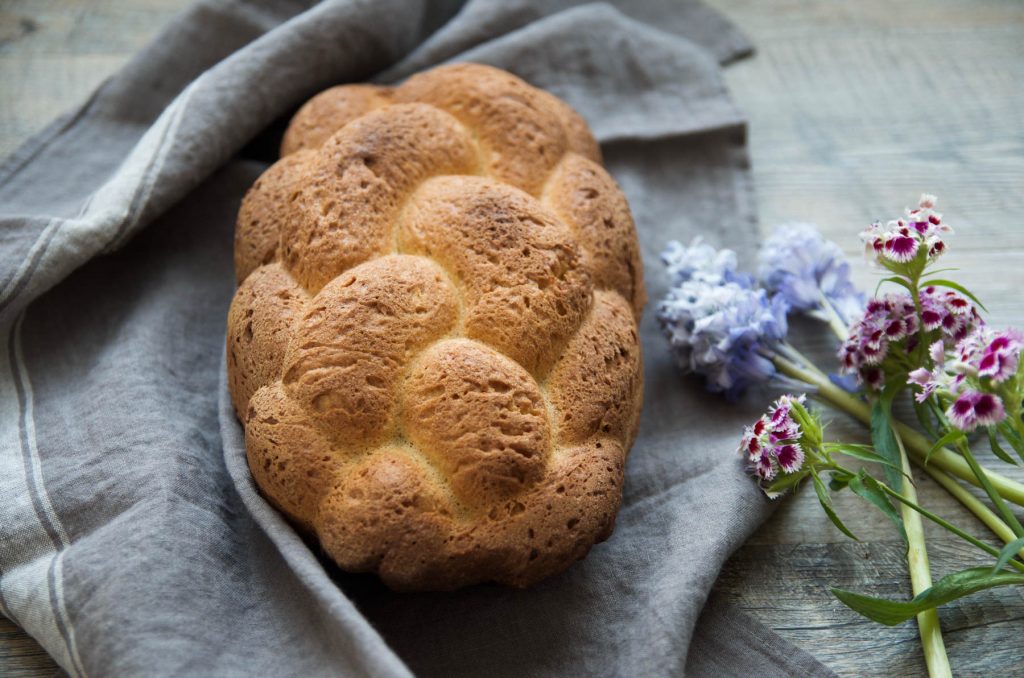
Challah senza glutine di Labna (anche il testo di seguito riportato è quello di Labna e lo trovate qui in originale)
Confettura di rabarbaro e fragole (ricetta dal libro Con le mani in pasta di Manuela Conti)
(Unica variante: ho aumentato la quantità di fragole e diminuito quella di rabarbaro)
500 g di fragole
350 g di rabarbaro
350 g di zucchero di canna
1 limone non trattato
Lavate e asciugate le fragole e tagliatele a pezzetti. Lavate il rabarbaro, eliminate i filamenti esterni più duri (come fareste con il sedano) e tagliatelo a pezzetti lunghi 1 cm. Mettete la frutta in una casseruola insieme al succo di limone e allo zucchero facendo degli strati. Lasciate macerare in frigorifero per tutta la notte. Il giorno successivo, mettete l casseruola sul fuoco e fate cuocere a fiamma media per i primi 10 minuti, mescolando e schiumando con un cucchiaio. Abbassate la fiamma e continuate la cottura finché la confettura avrà raggiunto la giusta consistenza (ovvero quando, dopo aver versato un cucchiaino di confettura su un piatto inclinato, scivolerà lentamente). Io a questo punto utilizzo un metodo suggerito da Christine Ferber e mescolo energicamente con una frusta. Se desiderate avere una consistenza più fine potete, come suggerisce Manuela, utilizzare un frullatore a immersione. Versate nei vasi precedentemente sterilizzati e pastorizzate ponendo i vasi ben chiusi in a pentola capiente piena di acqua e fate bollire per circa 40 minuti, poi lasciateli raffreddare all’interno della pentola.
Labna’s Gluten free challah (the original recipe in Labna’s blog)
Ingredients
100 g of warm water
12 g of dry yeast
30 g of sugar
4 tablespoons of honey
150 g of brown rice flour
100 g of very fine white sifted rice flour
200 g of tapioca flour, sifted
1 teaspoon of salt
6 grams of xanthan
5 eggs at room temperature
60 g of peanut oil or sunflower oil
Method
In a bowl mix the yeast, water and sugar, and wait for the yeast to reactivate for a few minutes. Add honey to water and yest and put it aside. This recipe is sweet: if you want to reduce the amount of sugar or honey you can do it.
In the bowl of afood processor or in a large bowl with a wooden spoon, mix the flours, salt and xanthan, add the oil, the eggs and the water containing the yeast.
Work the dough slowly to incorporate the flour into the liquid, reminding you to pull down the flour from the sides of the bowl as it is absorbed; when the dough appears uniform, mix it with more energy for at least 5 minutes.
This dough will be very dense and sticky, not so different from that of a cake.
Cover the bowl containing the dough with a plastic wrap and transfer it in a warm place minimum one hour, maximum two.
With a spoon crush the dough because it loses the air incorporated during the leavening, then transfer it into the pan or in the mold well greased or covered with baking paper.
(There is no way to cook this dough except with a silicone mold or a metal pan like plumcake).
Allow the dough rise for another hour in a warm place, until it reaches the edge of the mold.
Preheat the oven to 190 degrees and place a pyrex full of water inside: it will create the perfect moisture for the bread.
Bake the bread for 30/40 minutes, until it is golden brown. The top part of the bread tends to brown more quickly than the base closed in the mold: if this happens, cover it with the foil to protect it.
When the bread is cooked, turn it out, gently remove it from the pan and let it cool completely on a wire rack.
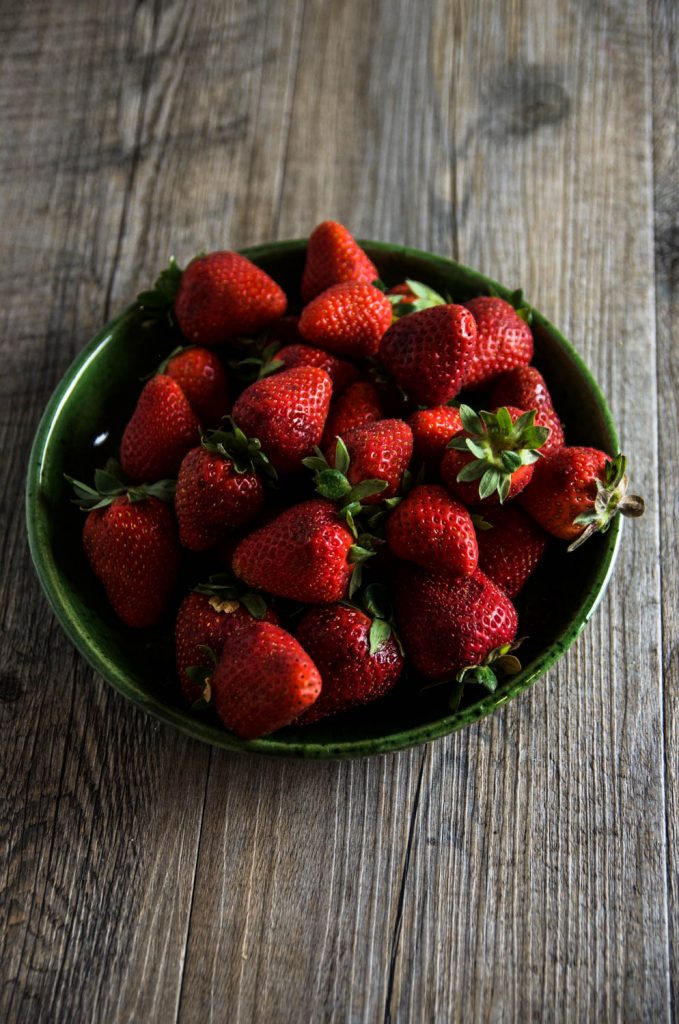
Rhubarb and strawberry jam (recipe from the Manuela Conti’sbook Con le mani in pasta )
(I increased the amount of strawberries and decreased the amount of rhubarb)
500 g of strawberries
350 g of rhubarb
350 g of brown sugar
1 untreated lemon
Wash and dry the strawberries and cut them in small pieces. Wash the rhubarb, remove the harder external strands (as you would with celery) and cut into 1 cm long pieces. Put the fruit in a saucepan with lemon juice and sugar. Leave in the refrigerator overnight. The next day, put the saucepan on the stove and cook over medium heat for the first 10 minutes, stirring with a spoon. Lower the flame and continue cooking until the jam has reached the right consistency (when, after pouring a teaspoon of jam on a sloping plate, it will slowly slide). At this point I use a method suggested by Christine Ferber and I mix vigorously with a whisk. If you want to have a finer consistency, you can, as Manuela suggests, use an immersion blender. Pour into previously sterilized and pasteurized pots by placing the pots tightly closed in a large pot full of water and boil for about 40 minutes, then let them cool inside the pot.
